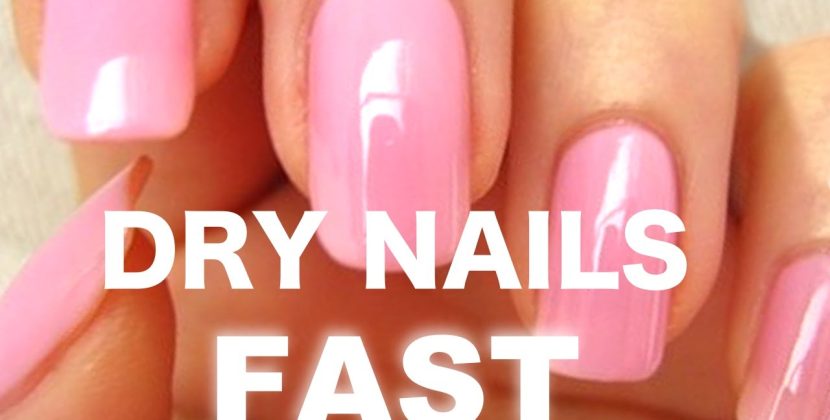
The digital age has driven transformative changes in almost every aspect of our lives, including the way we learn. The traditional classroom experience is no longer enough to meet the diverse learning needs of today’s students. Thanks to educational technology (EdTech), classrooms across America are evolving into more dynamic and engaging spaces where learners can thrive. From online courses to gamification, this post explores the exciting possibilities that EdTech presents for educators and learners alike as they usher in a new era of personalized learning. So, buckle up and prepare to discover what lies ahead for American classrooms!
What is EdTech?
EdTech, or educational technology, refers to any type of technology that is used in the classroom to support teaching and learning. This can include everything from simple tools like calculators and flashcards to more complex systems like online learning platforms and virtual reality simulations.
EdTech has been shown to improve student outcomes by providing new ways for students to engage with course material, receive feedback, and collaborate with their peers. In addition, EdTech can help teachers save time on administrative tasks and provide them with more data about student progress.
There are a few key areas where EdTech is having a particularly profound impact on American classrooms. One is in the area of personalized learning, where students are using technology to customize their education experience to better meet their individual needs. Another is in the area of STEM education, where EdTech is being used to provide students with more hands-on experiences with science and math concepts. Finally, EdTech is also helping to close the achievement gap by providing all students with access to high-quality educational resources regardless of their background or socioeconomic status.
The Different Types of EdTech
There are a variety of EdTech approaches that have been implemented in American classrooms. Some of the most popular include:
1. Learning Management Systems (LMS): These platforms help teachers to manage and deliver content to their students electronically. Many LMS systems also allow for communication and collaboration between students and teachers.
2. E-Learning Courses: These courses are typically delivered via an LMS platform and allow students to complete coursework at their own pace. E-learning courses often include multimedia content and may be self-paced or instructor-led.
3. Virtual Classrooms: These tools allow teachers to hold live, online classes with their students. Students can participate in real-time discussions, view lectures and presentations, and engage with their classmates from anywhere in the world.
4. Online Assessments: These tools provide educators with a way to assess student learning electronically. Online assessments can take many different forms, including multiple choice quizzes, open-ended questions, or even simulations.
Pros and Cons of EdTech
When it comes to EdTech, there are both pros and cons that should be considered. On the plus side, EdTech can provide students with more personalized learning experiences. Additionally, EdTech can help to close the achievement gap by providing all students with access to high-quality resources and instruction. Additionally, EdTech can help to prepare students for the future by teaching them essential skills like digital literacy and problem-solving.
However, there are also some potential drawbacks to consider. For example, EdTech can sometimes be expensive and difficult to implement effectively. Additionally, there is always the potential for technology to fail or malfunction, which can disrupt learning. Additionally, some students may struggle to adapt to using new technology in their learning, which can lead to frustration and feeling left behind.
How EdTech is Impacting American Classrooms
EdTech, or Educational Technology, is having a profound impact on American classrooms. By harnessing the power of technology, EdTech is providing new opportunities for students to learn and teachers to teach.
There are a number of ways in which EdTech is impacting American classrooms. One way is by providing new resources for learning. In the past, students might have had to rely on textbooks and lectures to learn new material. However, with EdTech tools like online resources and apps, students can now access information in more engaging and interactive ways. This can make learning more fun and efficient for students, as well as giving them more control over their own learning process.
Another way EdTech is impacting American classrooms is by facilitating communication and collaboration between students and teachers. With tools like video conferencing and instant messaging, students and teachers can easily connect with each other no matter where they are. This can make it easier to get help with assignments or ask questions outside of class time. Additionally, this increased communication can help build stronger relationships between students and their teachers.
Finally, EdTech is also providing new opportunities for assessment and feedback. In the past, assessments might have been limited to paper-and-pencil tests that were graded by hand. However, with EdTech tools like digital portfolios and online quizzes, assessment can be more dynamic and informative. This can give teachers a better sense of what students are understanding (or not understanding) in real time, allowing them to
The Future of EdTech
When it comes to EdTech, the future is now.
In the past decade, we’ve seen a dramatic increase in the use of technology in classrooms across the United States. And it’s not just limited to higher education anymore – even elementary and secondary schools are starting to integrate tech into their curriculum.
So what does this mean for the future of education?
For starters, we can expect to see even more EdTech products and services being developed to meet the growing demand from both educators and students. We’re already seeing a number of companies offering innovative solutions for everything from online learning platforms to virtual reality experiences that can be used in the classroom.
And as EdTech becomes more commonplace, we’ll also see a shift in how education is delivered. Classrooms will become more collaborative spaces where students and teachers alike can share ideas and knowledge using digital tools. Additionally, distance learning will become more popular as well, giving students greater flexibility in how they receive their education.
Ultimately, EdTech has the potential to greatly improve the educational experience for everyone involved. By making information more accessible and engaging, EdTech can help create more lifelong learners who are better prepared for success in an increasingly competitive world.
Conclusion
The future of learning looks very different from today’s classrooms, and EdTech is playing a large role in shaping this transformation. EdTech can help students stay engaged and motivated as they work towards their educational goals while providing teachers with the tools they need to create dynamic lesson plans that are tailored to each student’s unique needs. We have only scratched the surface of what is possible when it comes to leveraging technology for education, but the potential benefits are clear – greater access to high quality learning experiences for all students regardless of location or circumstance.














